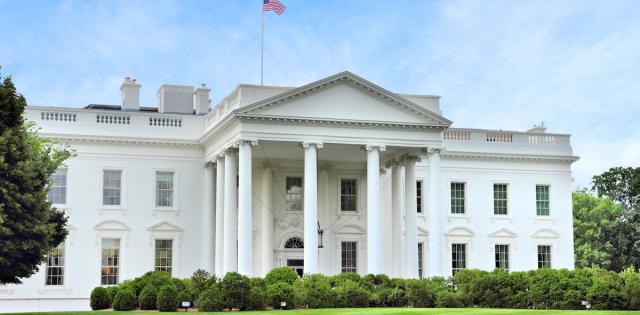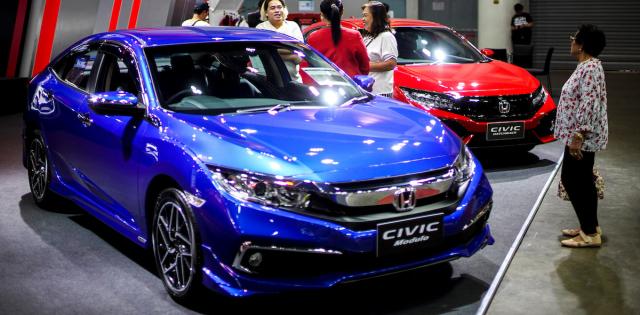What’s in 2.2 percent? As a percentage of total sales, it’s a number that represents the average pretax, net profit at U.S. franchised new-car dealerships, according to NADA Data 2014.
And what may be a startling fact is that the 2.2 percent profit, which accounts for sales in the new- and used-vehicle, service and parts departments, is more than a one-percentage point less than what many other retailers earn.
This figure has remained the same for the third straight year. And this dynamic is attributed to fierce competition at dealerships that benefits car buyers. In fact, a recent study from the Washington, D.C.-based Phoenix Center proves that price competition among auto dealers lowers car prices for consumers, often by $500 or more per car.
Employment at new-car dealerships is also at a near all-time high. Last year, more than 1 million people worked at dealerships across the country, which was higher than any other auto-related industry. Dealers, on average, employed 64 people per dealership in 2014.
Additionally, dealers pay one of the highest wages for any retail trade. Nationwide, the annual payroll last year was more than $58 billion—with employees, on average, earning more than $55,000 a year.
Combined recall and warranty work performed at new-car dealerships increased by 21.6 percent to 8.5 billion last year—all at no cost to our customers.
Taking all of this into account indicates that the retail-automobile industry is a pillar of the nation’s economy, and the dealer-franchise network remains the best, most competitive and most cost-efficient way to distribute and sell new cars.
Fox is 2015 NADA chairman and a multi-franchise dealer in upstate New York.










